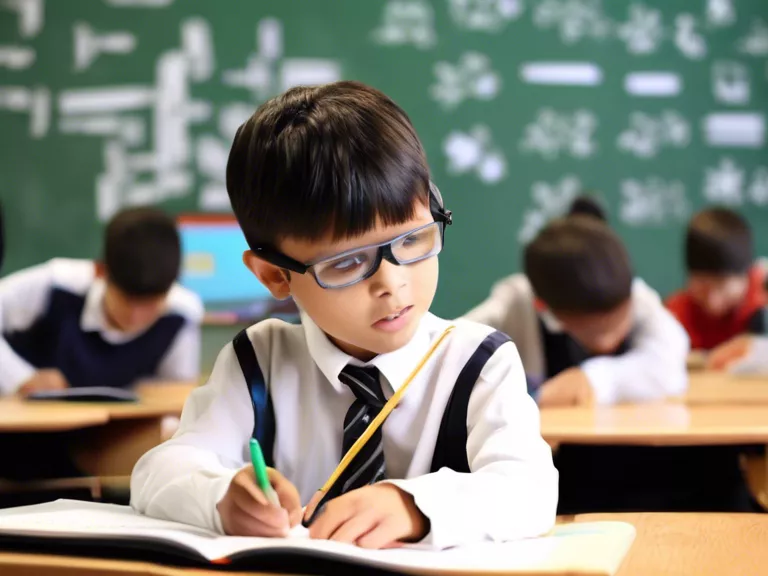
Introduction
Technology has revolutionized education by providing innovative tools that enhance learning experiences in modern classrooms. These tech tools have transformed the traditional methods of teaching and learning, making education more interactive, engaging, and effective. In this article, we will explore some of the top tech tools that are revolutionizing modern classrooms and changing the way students learn.
Interactive Whiteboards
Interactive whiteboards have replaced traditional blackboards and whiteboards in many classrooms. These digital devices allow teachers to display multimedia content, interactive lessons, and educational games. Students can engage with the material in a more interactive way, making learning more dynamic and stimulating. Interactive whiteboards also enable teachers to save and share lesson content, enhancing collaboration and communication among students.
Educational Apps
Educational apps provide a wide range of interactive and engaging learning opportunities for students. From math and science to language arts and history, there are educational apps available for every subject and grade level. These apps allow students to practice and reinforce their skills in a fun and engaging way. Teachers can also use educational apps to create personalized learning experiences for their students, catering to individual needs and learning styles.
Virtual Reality
Virtual reality (VR) technology is transforming the way students explore and interact with educational content. By using VR headsets, students can take virtual field trips to historical sites, explore the human body in 3D, or experience immersive simulations of scientific concepts. Virtual reality enhances students' understanding of complex topics and improves their retention of information by providing a more engaging and memorable learning experience.
Online Collaboration Tools
Online collaboration tools enable students to work together on projects, share resources, and communicate with their peers and teachers. Platforms like Google Classroom, Microsoft Teams, and Slack provide a virtual space for students to collaborate, discuss ideas, and submit assignments. These tools promote teamwork, communication skills, and digital literacy, preparing students for the collaborative work environments of the future.
Adaptive Learning Platforms
Adaptive learning platforms use artificial intelligence to personalize the learning experience for each student. These platforms analyze students' performance data and adapt the content and pace of instruction to meet their individual needs. By providing targeted feedback and adaptive learning pathways, these platforms help students learn at their own pace and achieve better academic outcomes. Adaptive learning platforms also allow teachers to monitor students' progress and provide timely interventions when needed.
Conclusion
Tech tools are revolutionizing modern classrooms by providing innovative ways to enhance teaching and learning experiences. From interactive whiteboards to virtual reality and adaptive learning platforms, these tools are transforming education and preparing students for the digital age. By incorporating these tech tools into classrooms, educators can create more engaging, personalized, and effective learning environments that meet the diverse needs of today's students.

